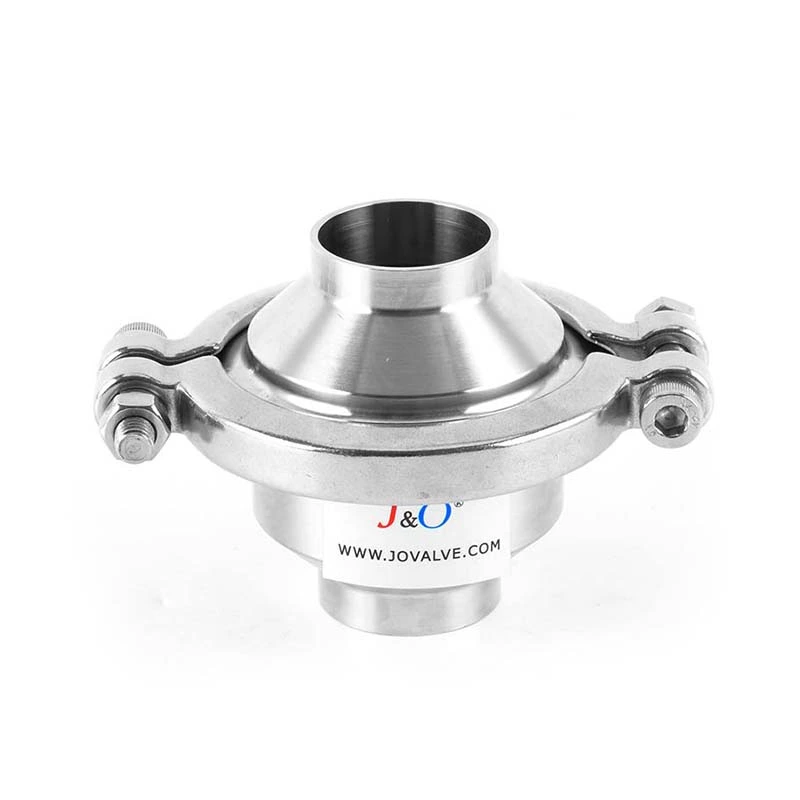Where Should The Sanitary Check Valve Be Installed? Have You Installed It Correctly?
Sanitary Check Valve, also known as a check valve, is an automatic valve that relies on the pressure of the flowing medium in the pipeline to push the valve disc to achieve the closing and opening of the valve. When the medium stops flowing, the check valve disc closes, which can effectively prevent the medium in the pipeline from flowing back, which plays a great role in ensuring the safety of the pipeline.
Check valves can be divided into three types according to their structure: lift check valves, swing check valves and butterfly check valves. Lift check valves can be divided into two types: vertical and straight-through. Swing check valves are divided into single-flap, double-flap and multi-flap. Butterfly check valves are divided into butterfly double-flap and butterfly single-flap. The above check valves can be divided into four types in terms of connection form: threaded connection, flange connection, welding and clamp connection.
The check valve is installed to ensure the flow direction of the water flow inside the pump, thereby ensuring the normal operation of the pump. So regarding the installation position of the check valve, whether it is installed in front of the water pump or behind the water pump, there are two situations:
One is to install it at the end of the vertical suction pipe in front of the water pump, also called the bottom valve. The purpose is to fill the water pump with water without pumping water once, because when there is no water in the water pump and the suction pipe in front of the pump, the water pump can only run idle and cannot pump water, so the water pump must be filled with water before pumping out water. This installation method of the water pump is a method when it is higher than the liquid level, also called the negative pressure method.
The other is to install it behind the water pump. This installation method is convenient when the liquid level is higher than the water pump, so that it is convenient to start and stop the water pump without closing the water pump outlet valve, especially for the main pipe water pump system, to prevent backflow.
The sanitary check valve must be installed at the outlet of the pump and before the outlet control valve to facilitate the inspection of the check valve. Generally, the outlet of the pump is a soft connection (shock absorber), followed by a check valve, and then a partition valve (such as a butterfly valve, gate valve, stop valve, etc.).
